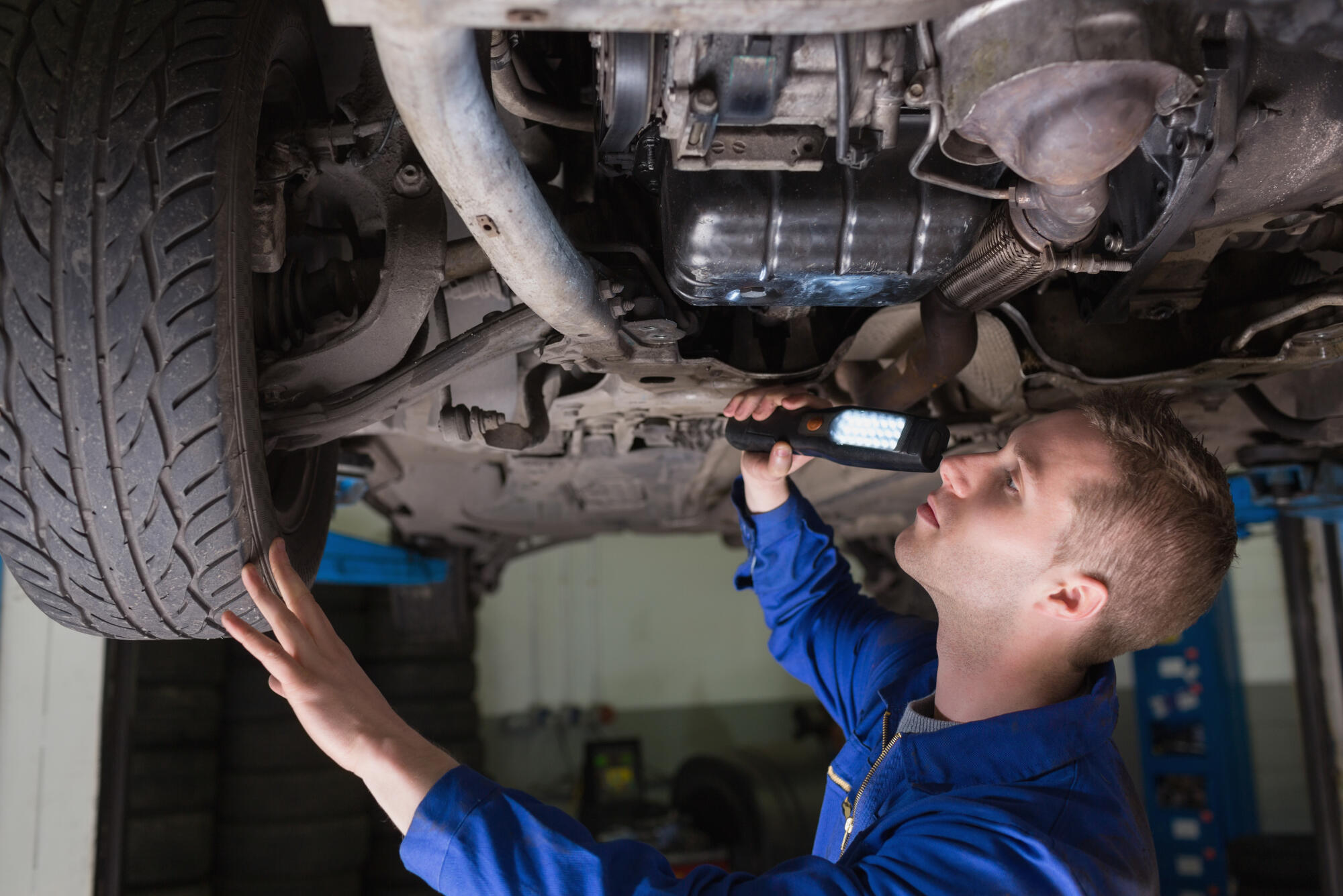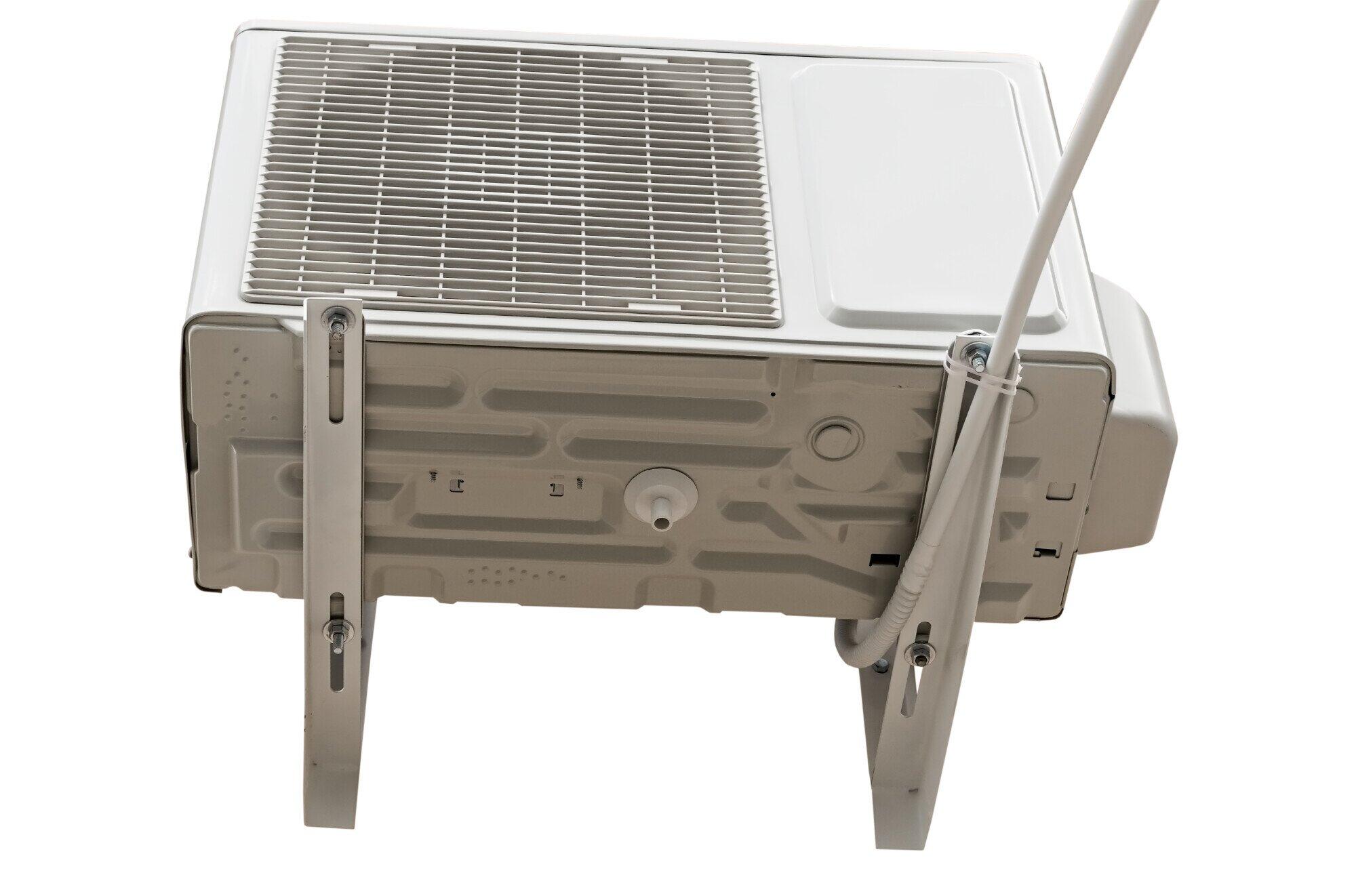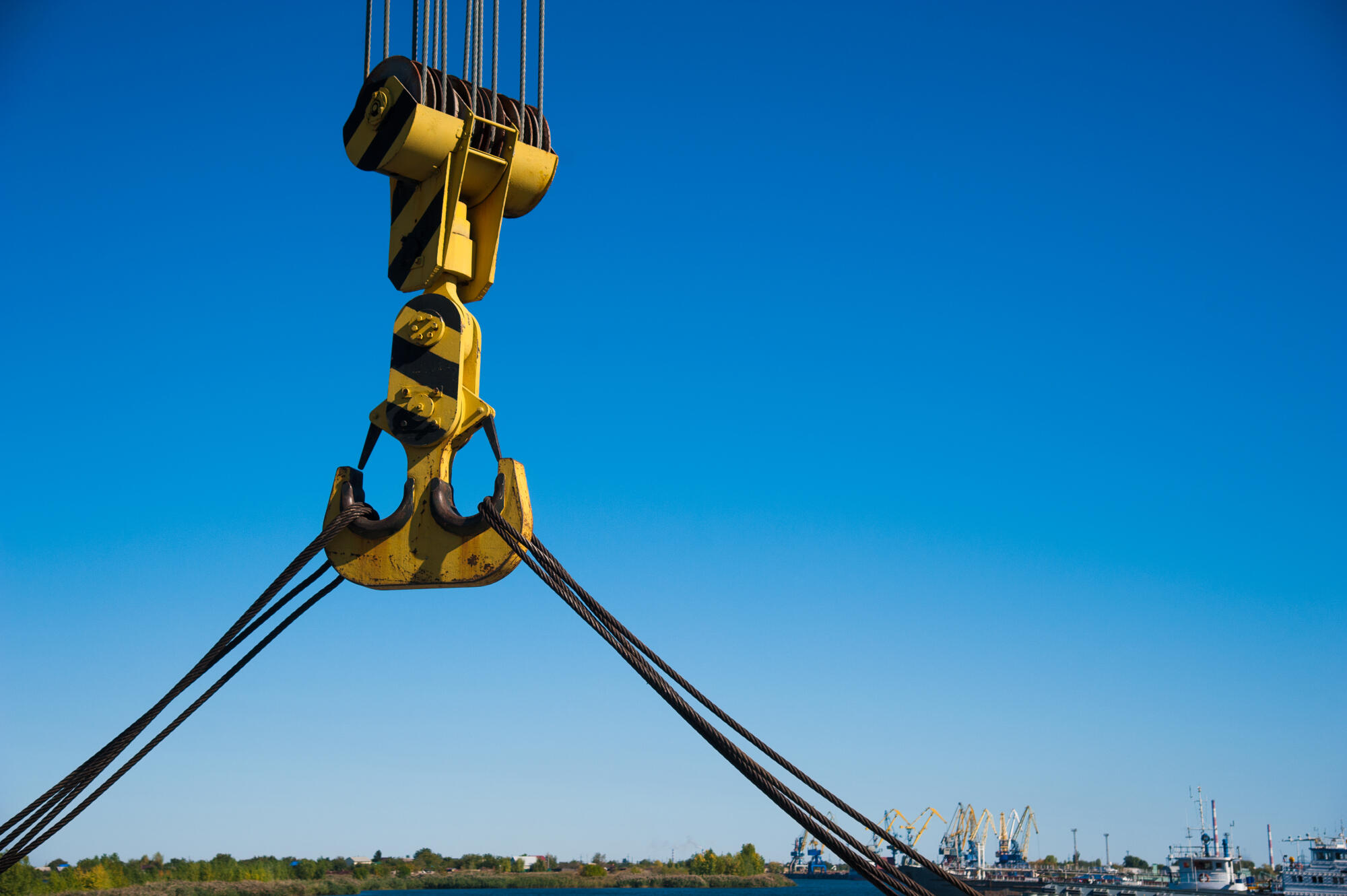Lifting heavy loads is a big part of work in construction, manufacturing, shipping, and many other industries. But it can also be dangerous if the right equipment isn’t used. Accidents from lifting can cause serious injuries, damage, or even death.
That’s why using high-quality rigging hardware is so important. In this article, we’ll explain what rigging hardware is, why quality matters, the most common types of equipment, and simple tips to make sure every lift is done the right way.
Table of Contents
What Is Rigging Hardware?
Rigging hardware refers to the devices and equipment used to lift, move, and secure loads. It is essential in any material handling operation where cranes, hoists, or other lifting systems are used. Common rigging hardware includes:
- Shackles
- Hooks
- Slings
- Turnbuckles
- Eyebolts
- Chain and wire rope
- Load binders and chain binders
- Swivels and pulleys
Each piece serves a specific function in the lifting process and must be chosen according to the type of load, lifting method, and working environment. Check this rigging hardware shop to learn more.
Why Quality Rigging Hardware Matters
Using high-quality rigging hardware is key to keeping lifting operations safe and reliable. Here are some of the main reasons why they matter:
Safety First
The most important reason to use quality rigging hardware is safety. Substandard or counterfeit hardware can fail under load, causing dropped loads, injuries, fatalities, and equipment damage. Quality rigging equipment is tested, certified, and rated to handle specific loads under defined conditions.
Compliance with Regulations
OSHA (Occupational Safety and Health Administration), ASME (American Society of Mechanical Engineers), and other regulatory bodies require employers to use certified rigging equipment. Failure to comply can lead to fines, shutdowns, or legal consequences, especially if an accident occurs.
Durability and Longevity
High-quality hardware is made from superior materials such as forged alloy steel, stainless steel, or galvanized metals. These materials resist wear, corrosion, and fatigue, reducing the risk of failure over time and cutting long-term costs due to fewer replacements.
Reliable Performance
In critical lifting operations, reliability is non-negotiable. Quality rigging hardware ensures smooth operations with less downtime, higher productivity, and peace of mind for riggers and supervisors alike.
Common Types of Quality Rigging Hardware
Rigging hardware includes many different tools, each designed for a specific purpose. Here are some of the most common types you’ll come across, along with tips on using them safely:
Shackles
Shackles are metal connectors shaped like the letter “U” and closed with a pin. They are used to attach slings, ropes, or chains to a load.
There are two main types: anchor shackles, which have a wider shape for side-to-side movement, and chain shackles, which are better for straight-line pulls. Always make sure the shackle is marked with a load limit and manufacturer info. Never go over the rated load, and inspect it before use.
Hooks
Hooks are used to connect lifting slings to a load or to a crane. They usually come with a latch to keep the load from slipping off.
You’ll find different types, such as eye hooks (with a solid loop), swivel hooks (that rotate to reduce twisting), and grab hooks (used to hold a chain in place). Before using any hook, check that the latch works and that there are no cracks or bends.
Slings
Slings are flexible lifting straps made of chain, wire rope, or synthetic materials like nylon or polyester. They wrap around loads or connect the load to a crane. Chain slings are strong and durable, wire rope slings are good for heavy-duty jobs, and synthetic slings are light and gentle on the load.
However, synthetic slings can get damaged by sharp edges unless they’re protected. Always choose the right sling for the load and conditions.
Turnbuckles
Turnbuckles are used to tighten or adjust the tension on ropes or cables. They have two threaded ends that can be turned to tighten or loosen the connection.
Common types include jaw-to-jaw, eye-to-eye, and hook-to-hook. Only use forged turnbuckles for lifting, and always make sure the threads are in good shape and the body isn’t bent.
Eyebolts and Swivels
Eyebolts are metal bolts with a loop on top. They screw into a load to create a secure lifting point. Swivels are connectors that allow the load to spin without twisting the lifting gear.
If you need to lift at an angle, use shoulder eyebolts, which are made for that purpose. Never use eyebolts from a hardware store unless they are rated for lifting. Always inspect eyebolts and swivels before use.
Selecting the Right Rigging Hardware
Choosing the correct hardware goes beyond just grabbing what’s available. Consider the following factors:
Load Weight and Type
Understand the weight, shape, and center of gravity of the load. This determines the type and capacity of rigging gear needed.
Lifting Method
Whether it’s a vertical, choker, or basket hitch, the lifting configuration affects stress distribution. Use slings and hardware rated for the method being used.
Environmental Conditions
Is the job site exposed to chemicals, moisture, extreme temperatures, or abrasives? Choose materials accordingly, such as galvanized or stainless steel, for corrosion resistance.
Compliance and Certification
Only use hardware that meets standards like ASME B30.26, OSHA 1910/1926, or ISO requirements. Request mill test certificates (MTCs) or compliance documents from suppliers.
Best Practices for Safe Lifting with Rigging Hardware
Using the right hardware is only one part of the safety equation. Here are essential safety practices:
Inspect Before Each Use
Always inspect rigging gear before each lift. Look for signs of wear, corrosion, cracks, or deformation. Replace damaged components immediately.
Know the Load Limits
Never exceed the Working Load Limit (WLL) of any piece of rigging hardware. Factor in dynamic loads and angles that can increase stress on components.
Use the Right Angle
Lifting at improper angles can reduce the effective capacity of slings and increase tension. Use angle charts or load tables to stay within safe limits.
Train Your Team
Ensure that all personnel involved in lifting operations are trained in rigging safety, proper gear selection, and emergency procedures.
Maintain and Store Properly
Store hardware in a dry, organized area. Keep slings and chains off the ground and away from corrosive materials. Periodically lubricate moving parts as required.
Use the Best Tools for Lifting Operations
When it comes to lifting operations, cutting corners is not an option. Investing in high-quality, certified rigging hardware is a smart decision that pays off in safety, reliability, and performance. Whether you’re lifting a few hundred pounds or several tons, the gear you use makes all the difference.
If you want to read more articles, visit our blog.































































